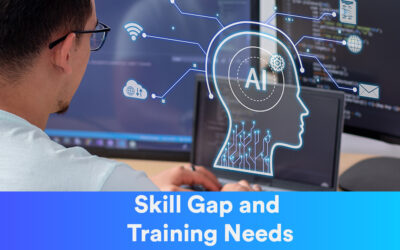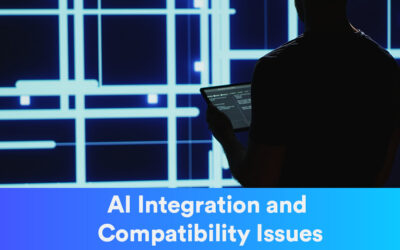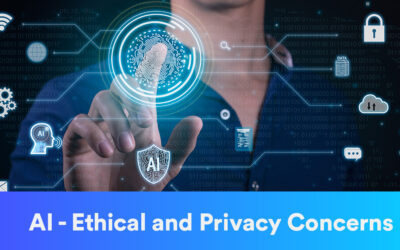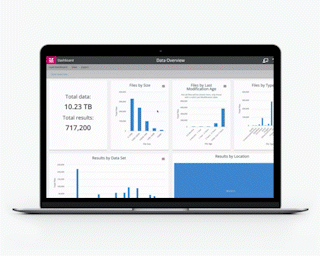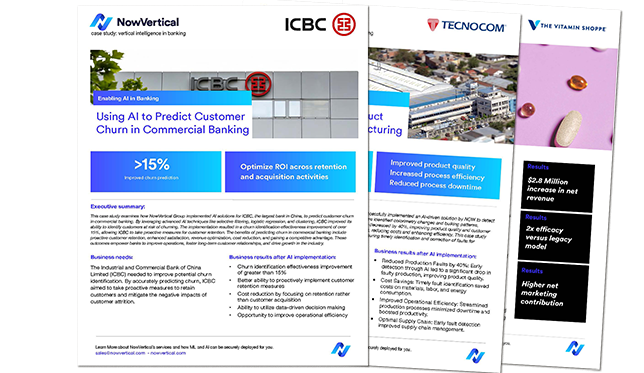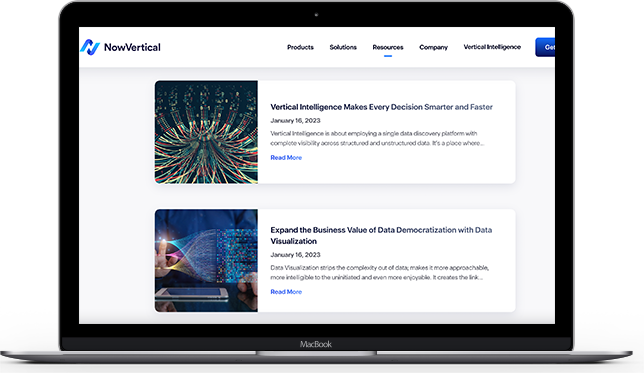November 14, 2023
By: Danny Reeves
Intertwined, these facets create a formidable barrier to innovation, necessitating not just technological solutions, but a strategic overhaul of attitudes and perceptions. In this article, we delve into the nuanced nature of this resistance, uncovering the underlying reasons and exploring pathways to overcome these internal obstacles.
Cultural Resistance:
In numerous enterprises, the culture has been meticulously cultivated by the likes of the CIO, to respect established processes and value thorough evaluation before embracing change, which has been a testament to their strategic foresight and leadership. This culture, while it has traditionally favored gradual and measured change, also reflects a proven ability to adapt and evolve. As the digital landscape shifts towards AI, these very skills and experiences become invaluable assets. The same resolve and vision that once established a process-oriented culture can now be the driving force behind a new wave of innovation. Now, we stand at the forefront of championing a shift towards adaptability and innovation, harnessing AI not as a challenge to their legacy, but as a continuation of their legacy of transformative leadership. By leveraging their experience and insight, CIOs can guide their enterprises through this pivotal transition, turning potential resistance into a powerful catalyst for embracing AI.
Fear of Job Displacement:
The fear of job displacement aimed towards AI, is often rooted in concerns about job redundancy and mistrust in AI’s decision-making processes, arguably the most tangible concern among the workforces. This skepticism largely stems from a lack of understanding about AI’s capabilities and limitations. Addressing these fears requires a two-pronged approach: enhancing transparency and investing in education. For example, when a financial firm introduced AI for data analysis, they employed regular workshops and open forums to demystify AI, illustrating its role as an augmentative tool rather than a replacement for human expertise.
Simultaneously, it’s crucial to communicate the evolving nature of job roles in the AI-augmented workplace. While AI can automate certain tasks, it more often reshapes job roles, leading to more creative and strategic opportunities for employees. A study by Gartner predicts that AI will create more jobs than it displaces, primarily by automating mundane tasks. Clear communication about these transitions, coupled with robust upskilling programs, can transform apprehension into opportunity. By conveying this narrative, enterprises can alleviate fears and foster an environment where AI is seen as a catalyst for growth and innovation, both for the organization and its employees.”
Lack of Understanding of AI Use Cases:
A significant challenge is the widespread lack of understanding of the benefits AI can offer. This gap can be bridged by highlighting real-world success stories. For instance, an e-commerce company leveraging AI for personalized customer experiences saw a substantial increase in customer satisfaction and sales. Educating stakeholders about such tangible benefits can shift the narrative from AI as a disruptive force to a tool for growth and innovation.
Overcoming these barriers requires a multifaceted approach, involving cultural shifts, employee engagement, continuous education, and a clear vision of the benefits AI can bring. By embracing these changes, enterprises can unlock the full potential of AI, not only as a technological tool but as a catalyst for innovation and growth. The future of enterprise AI is not just about machines learning; it’s about organizations adapting and evolving.
Interested in diving deeper into AI adoption strategies and overcoming organizational resistance? Download our comprehensive whitepaper, join our upcoming webinar on AI integration best practices, or reach out to our team for tailored advice on navigating the AI transformation journey in your enterprise.

